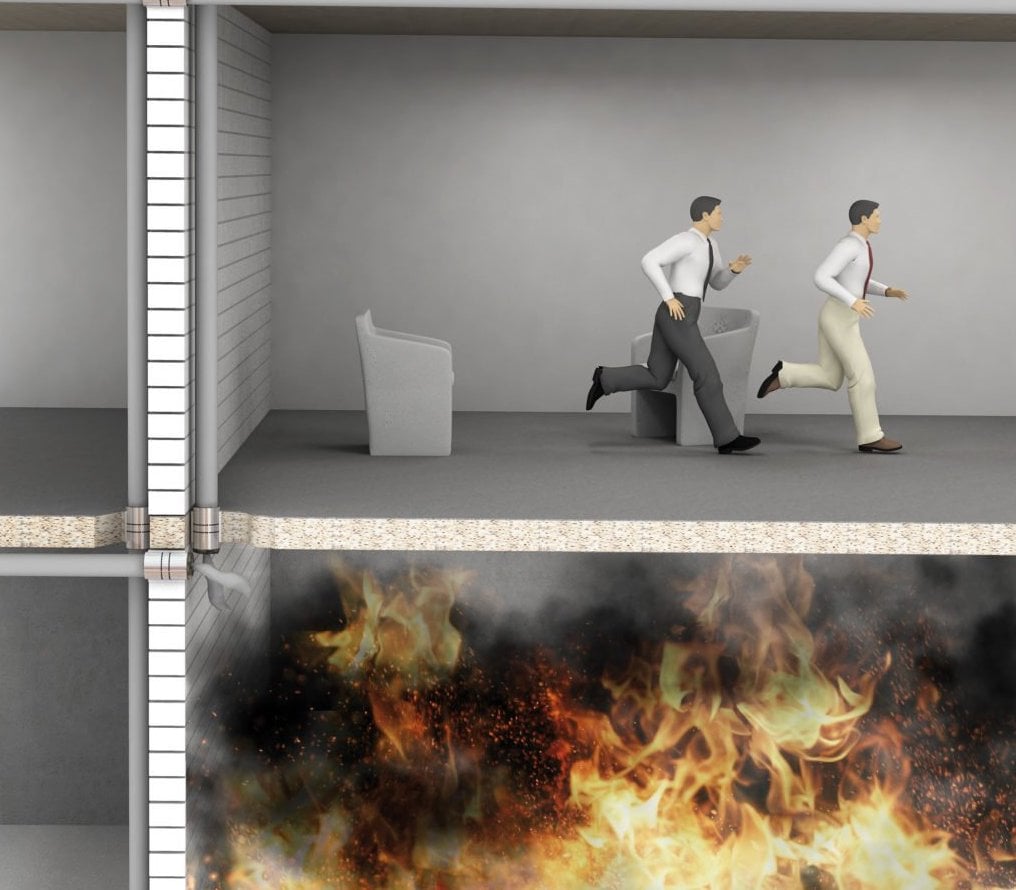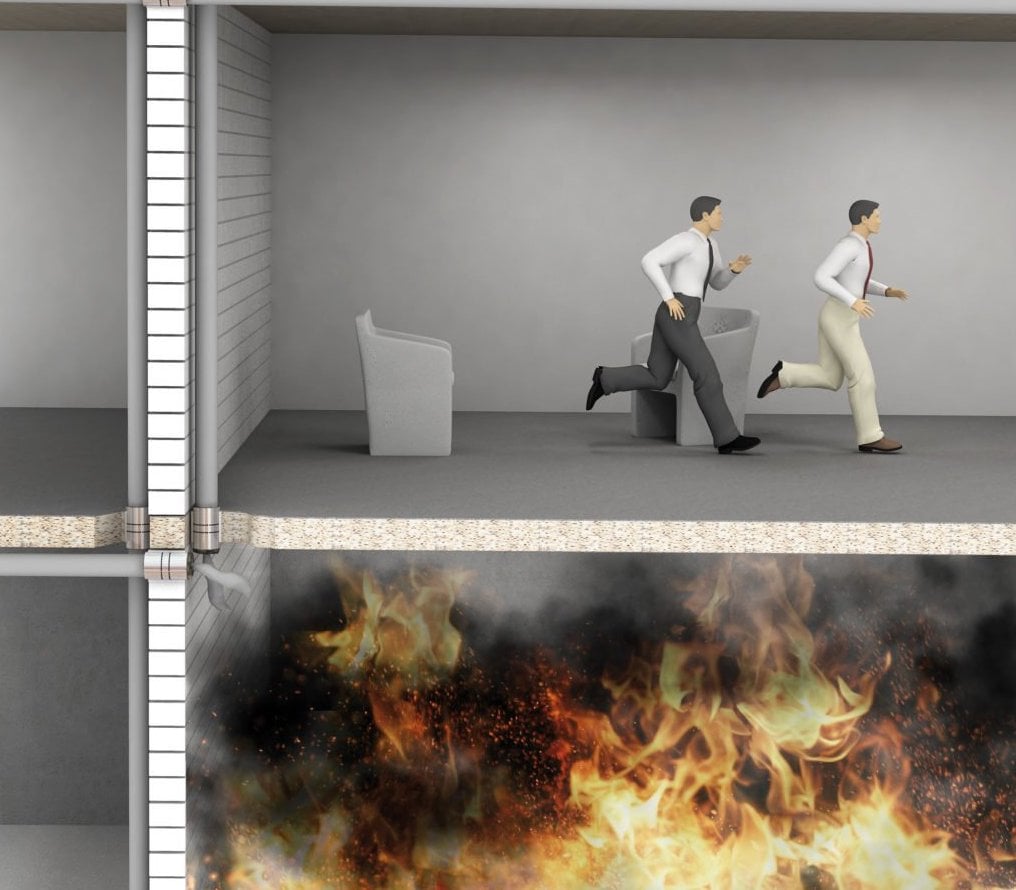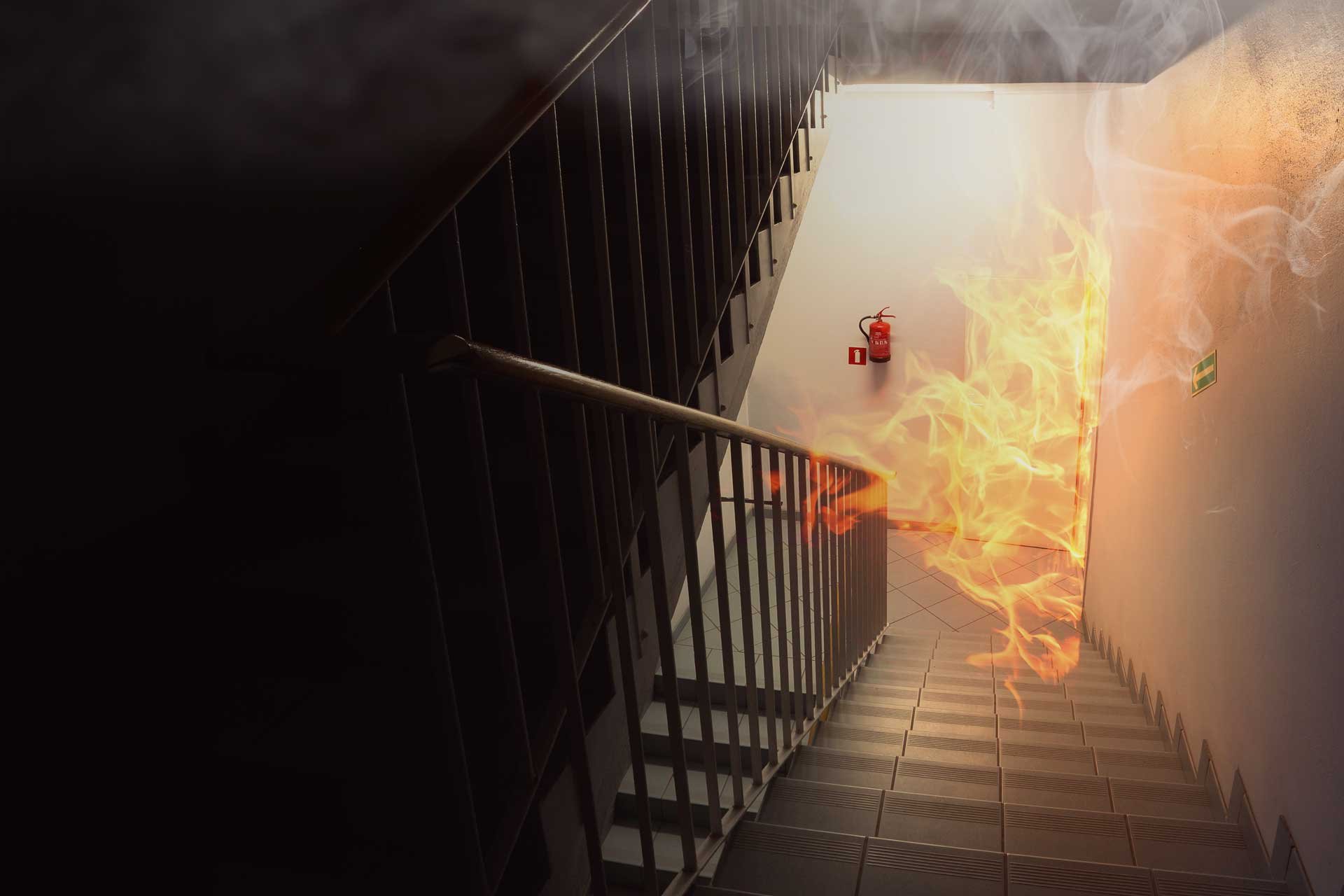
Digital Innovation: The Force That Fuels Technical Advancements
“What new technology does is create new opportunities to do a job that customers want done.” ―Tim...

Let one of our representatives take you around the system.

Fire is and continues to be one of the most dangerous threats to human life and property in general. Even though we as a civilisation have made numerous strides towards innovation, fire-related incidents continue to torment us every now and then.
We thought it would be fit to start from the basics and shed some light on compartmentation and talk about the importance of dividing buildings into different compartments. So, let’s dive into it, shall we?
The very essence of the word ‘compartmentalise’ is to split up something into compact parts so that the various smaller parts do not get mixed up with one another.
Let’s imagine a scenario where there’s an actual fire. Would it not make sense to have the establishment divided into smaller compartments to ensure that the impact restricts within the area where the fire originated from?
This is the primary reason why fire compartmentation is one of the most effective passive fire protection strategies to help minimise damage to property and save lives.

Fire Barriers: They typically have fire-resistance ratings of one to four hours and are intended to limit the spread of fire across the assembly. They are physical barriers made using intumescent coatings which are meant to expand and enclose any gap in the vent in case of any fire-related incident.
Cavity Barriers: These help plugin hidden spaces between walls, floors or ceilings in an attempt to ensure that the fire or smoke does not escape the area of impact. What makes it possible is the intumescent coating that they are made of which expands when the temperatures exceed a certain level.
Fire Doors: Think of these as heavy doors that are made using fire-resistance properties and seals that help close up the area forming a physical barrier between the area of impact and otherwise.
Fire Dampers: These are the ducting fittings that prevent the spread of flame through vents. Dynamic dampers are well-suited in places where the fan continues to blow in spite of a fire alarm going off, static dampers cut off the air supply and smoke dampers actively prevent the smoke from spreading via the ducts.
Fire Curtains: Safely stored in ceilings, these drop-down at the onset of a fire creating a physical barrier.

Much like any other form of fire protection, compartmentation must be frequently monitored to ensure that its integrity is not compromised.
In doing so, it allows the building manager or the contractor to identify potential risks and mitigate them to make the premise secure.
Compartmentation like any other fire protection system requires recurrent inspections and moderation. Moreover, under the Fire Safety Order, it is a legislative requirement to maintain these systems in an attempt to not compromise their integrity.
With Onetrace, you will be able to log every detail regarding every building you have carried out fire-safety-related work at. And, this way your operatives will never undergo the hassle of remembering too many things at once and will always have a dashboard that contains information that is crucial to get the job done right every single time.
Does it sound like something you and your operatives might be struggling with? Tap this link to book a demo and we’ll take care of the rest.
Disclaimer: The material and information contained on this website is for general purposes only. You should not rely upon the material or information on the website as a basis for making any business, legal or any other decisions. Whilst we endeavour to keep the information up to date and correct, Onetrace Ltd makes no representations or warranties of any kind, express or implied about the completeness, accuracy, reliability, suitability or availability with respect to the website or the information, products, services or related graphics contained on the website for any purpose. Any reliance you place on such material is therefore strictly at your own risk. Onetrace Ltd will not be liable for any false, inaccurate, inappropriate or incomplete information presented on the website. Although every effort is made to keep the website up and running smoothly, due to the nature of the internet and the technology involved, Onetrace Ltd takes no responsibility for and will not be liable for the website being temporarily unavailable due to technical issues (or otherwise) beyond its control or for any loss or damage suffered as a result of the use of or access to, or inability to use or access this website whatsoever.

Digital Innovation: The Force That Fuels Technical Advancements
“What new technology does is create new opportunities to do a job that customers want done.” ―Tim...

Are you doing everything you can for fire safety?
Fire safety is a really big deal; it can literally be life or death. So this leads to the...

The Climate Crisis: How Fires Contribute to Climate Change
Climate change is a global issue, and needs everyone, from every corner of the world, to do their...